Unveiling a Sanctuary: Why Fern Cave National Wildlife Refuge Captivates Nature Enthusiasts
When it comes to protected natural habitats, few places spark as much curiosity as Fern Cave National Wildlife Refuge. Imagine a single site hosting the largest wintering colony of gray bats in the entire United States—over one million of these enigmatic creatures finding safety within a cave so vital, yet off-limits to visitors to ensure their undisturbed survival. For many, the image of bats swirling through dusk skies is captivating, but the true story of Fern Cave's refuge goes far beyond these fleeting moments. What does it mean for an environment to shelter such a quantity of wildlife, and how does that relate to the conservation efforts we often discuss in abstract terms?
The cave itself remains shrouded in mystery, hidden both physically from visitors and metaphorically from the public eye. Yet, its surrounding 199-acre wilderness teems with diversity—not just bats, but an astonishing two hundred species of birds, mammals, fish, reptiles, and amphibians. The tension lies in the delicate balance: how to offer humans a chance to experience rich biodiversity while fiercely protecting the endangered species that call Fern Cave home. Exploring this hidden Alabama retreat offers more than scenic curiosity; it is a microcosm of the larger struggle and triumph of wildlife management, where every policy and boundary truly matters.
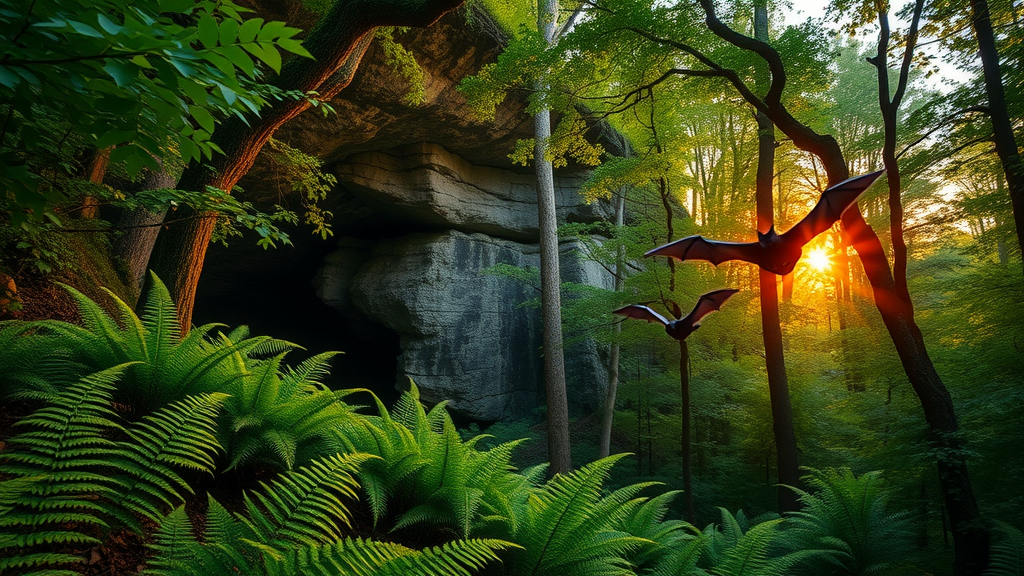
Deep Dive: The Remarkable Ecology and Purpose of Fern Cave National Wildlife Refuge
Fern Cave National Wildlife Refuge stands as a critical stronghold for wildlife preservation in northern Alabama, established with the explicit mission of safeguarding endangered bat species. Most strikingly, Fern Cave is recognized as the winter sanctuary for more than a million gray bats, making it the single largest such colony in America. The cave’s unique architecture and stable climate create perfect conditions for these bats, whose ecological role includes controlling insect populations and supporting healthy forest systems. However, the cave itself is not open to the public; human disturbance—even well-meaning exploration—can disrupt the fragile habitat of the bats and threaten their population’s stability.
The refuge is far more than its cavernous centerpiece. Beyond the cave, the 199-acre property shelters a stunning array of fauna—upwards of two hundred bird, mammal, fish, reptile, and amphibian species at different times of year. This patchwork of life is what makes Fern Cave not only biologically rich but also strategically important. Without sufficient education and management, visitors might inadvertently threaten the integrity of the sanctuary, harming both endangered and common species. This is what makes the refuge not just a conservation zone, but an ongoing story about environmental stewardship, the prevention of extinction, and the nurturing of future biodiversity. It is a living classroom brimming with lessons about interconnectedness, responsibility, and the costs of neglecting wildlife protection.
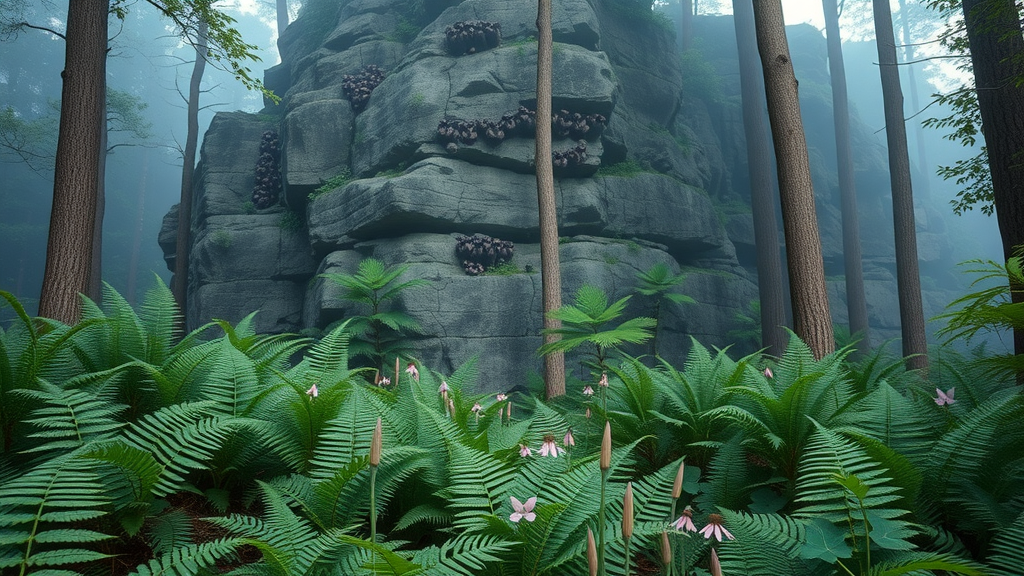
Why Fern Cave’s Protected Sanctuary Matters for Wildlife and Visitors Alike
Nestled in rural Alabama, Fern Cave National Wildlife Refuge offers a unique testament to the critical role of dedicated reserves in environmental preservation. As an expert-managed habitat, the refuge’s main priority—resource protection—ensures that the endangered gray bat colony can thrive, safe from disturbance and decline. This proactive approach grants more than just physical safety; it maintains the delicate ecological cycles necessary for the survival of species that would otherwise face extinction. While the actual cave remains inaccessible, the rest of the refuge provides nature lovers avenues to witness an astounding spectrum of animal life, from colorful Indigo Buntings to elusive Cave Swallows, all thriving thanks to thoughtful stewardship grounded in law enforcement and habitat management.
For families, students, birdwatchers, and casual adventurers alike, Fern Cave National Wildlife Refuge is significant not just as a location, but as a living illustration of how managed land can benefit both wildlife and people. The site’s diverse population of birds and mammals creates an ever-changing spectacle, perfect for those hoping to spot a rare species or deepen their understanding of southern U.S. fauna. Moreover, the knowledge that these experiences are only possible because of rigorous conservation principles reminds visitors that participation and respect are vital ingredients of any wilderness adventure.
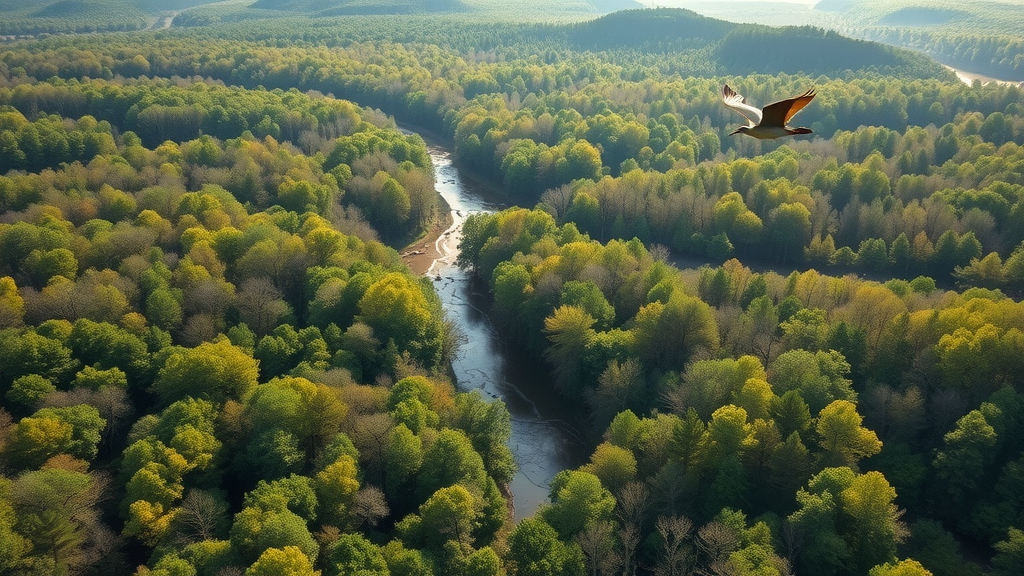
From Endangered Bats to Birdwatcher’s Paradise: Stories Hidden in 199 Acres
Fern Cave’s story began with a singular purpose: to save the embattled populations of gray and Indiana bats whose numbers had plummeted due to environmental pressures. By closing Fern Cave to human entry, conservationists ensured that even the most sensitive parts of the bat colony’s life cycle, such as winter hibernation, could proceed undisturbed. This decision, while limiting for some visitors, was crucial for the survival of an entire species and demonstrates the power of carefully managed access policies in conservation work.
Yet, the environment surrounding the cave bursts with opportunity for discovery. With two hundred species frequenting these protected acres, Fern Cave National Wildlife Refuge is as much a birdwatcher's delight as a sanctuary for bats. The variety of fauna documented here provides endless points of interest for ecologists and amateur naturalists. Each sighting—a Green Heron perched near water, the flash of wings in a mixed woods—stands as evidence of what can flourish when natural spaces are prioritized over unregulated exploration.
How Protected Refuges Like Fern Cave Set Standards for Conservation Success
The example set by the management approach at Fern Cave National Wildlife Refuge is significant on a national scale. Rather than weigh visitor recreation equally with conservation outcomes, the refuge’s primary management activities are firmly rooted in resource protection and law enforcement. This model places the needs of vulnerable wildlife above short-term interests, creating an enduring home not just for bats but for hundreds of other species.
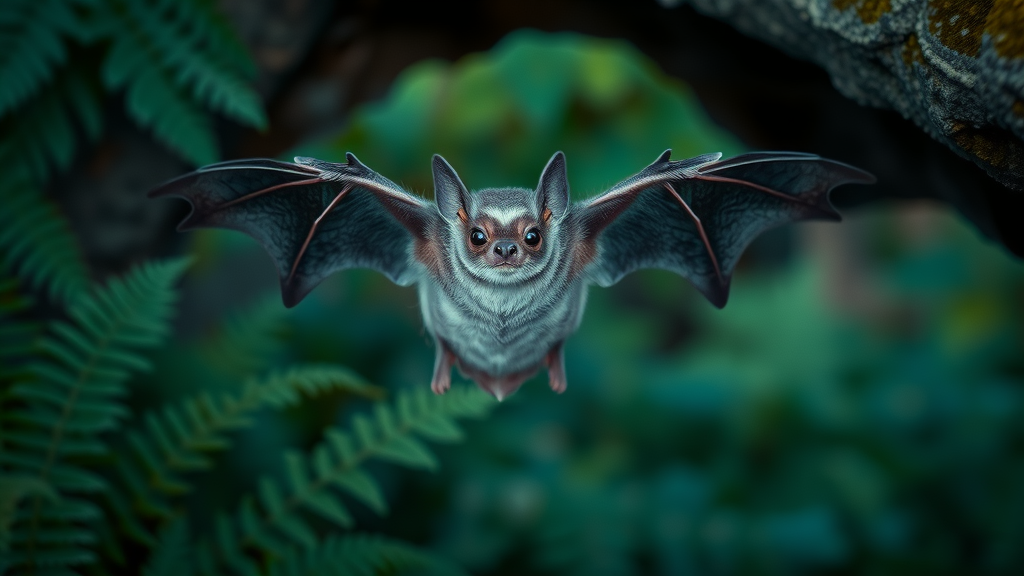
Such a focused philosophy serves as a blueprint for other communities facing the challenge of balancing access with preservation. Fern Cave’s documented species and robust policies offer a case study in how small-scale wilderness, when expertly managed, can make an outsized impact in the greater ecological tapestry of the region. By emphasizing education, long-term stewardship, and proactive safeguards, places like Fern Cave underscore the necessity of thoughtful decision-making in the future of wildlife conservation.
Living Classrooms: The Value of Educational Access — Even When Caves Are Closed
A nature site does not have to be wholly open to the public to provide educational benefit. Fern Cave National Wildlife Refuge demonstrates how limited public access, coupled with digital libraries, fact sheets, and coloring books, can turn a protected space into a dynamic learning resource. While entry to the cave itself is restricted for the bats' well-being, resources about the refuge’s wildlife and conservation impact are readily available to educators, families, and curious individuals.
The result is a living classroom—one that fosters stewardship and sparks curiosity in people of all ages. This educational philosophy reflects the broader mission of wildlife refuges: to not only protect imperiled species, but to inspire a sense of wonder and responsibility for the natural world. Every visit to Fern Cave’s trails, or page turned in its digital guide, contributes to a greater appreciation for the interconnectedness of all life.
Fern Cave National Wildlife Refuge: A Mission of Vigilance and Respect for Nature
Fern Cave National Wildlife Refuge’s entire philosophy centers on vigilance, respect, and a science-led understanding of environmental interdependence. Each management action—from preserving bat habitat through strict access control to conducting ongoing resource protection—reinforces the primary goal: safeguarding endangered wildlife and their ecosystems. This mission is not just about preventing extinction, but about nurturing a space where biodiversity can recover and thrive sustainably.
The refuge stands as an expert voice among public lands, with a management approach shaped by scientific data and a commitment to community education. The persistent focus on law enforcement and stewardship reflects deep belief in the long-term value of protecting natural resources for future generations. Fern Cave demonstrates that true ecological recovery is not a matter of luck, but of deliberate strategy, continuous adaptation, and shared responsibility.
Real Experiences: How Fern Cave Inspires Awe and Appreciation for Nature
For many, a visit to Fern Cave National Wildlife Refuge is a transformative entry point into the marvels of American wildlife. Observers are often struck not just by the diversity of species, but by the immersive, undisturbed environment that surrounds them. One visitor's impression beautifully encapsulates this experience:
An awesome place to see birds of all varieties: Indigo Buntings, Green Herons, Cave Swallows!
These words reflect the delight and appreciation felt by many who explore the refuge, illustrating that meaningful encounters with nature are both accessible and memorable—even when certain spaces remain off-limits. As countless visitors have found, the benefits of experiencing Fern Cave’s wonders extend far beyond a single visit, encouraging lifelong respect for conservation and wildlife protection.
The Enduring Impact of Fern Cave National Wildlife Refuge on Conservation’s Future
The lessons and legacies of Fern Cave National Wildlife Refuge reverberate well beyond its borders. As a sanctuary built around the pressing need to protect endangered bats, its commitment to science-driven management, biodiversity, and resource protection sets a high bar for conservation efforts throughout the country. The successful thriving of a million-strong gray bat colony and the support of over two hundred resident species are living proof that targeted and well-enforced strategies can reverse decline and foster abundance.
In the bigger picture, Fern Cave provides a blueprint for how thoughtful preservation, community education, and expert stewardship can secure not only the lives of protected species, but also the health and ecological vibrancy of the region. This enduring commitment to wildlife and public engagement ensures that Fern Cave National Wildlife Refuge remains a vital contributor to conservation far into the future.
Contact the Experts at Fern Cave National Wildlife Refuge
If you’d like to learn more about how Fern Cave National Wildlife Refuge could benefit your understanding of conservation and wildlife, contact the team at Fern Cave National Wildlife Refuge.
📍 Address: Woodville, AL 35776, USA
📞 Phone: +1 256-353-7243
🌐 Website: https://www.fws.gov/refuge/fern-cave
Fern Cave National Wildlife Refuge: Location and Hours
🕒 Hours of Operation: Please refer to the official website or contact for current hours.
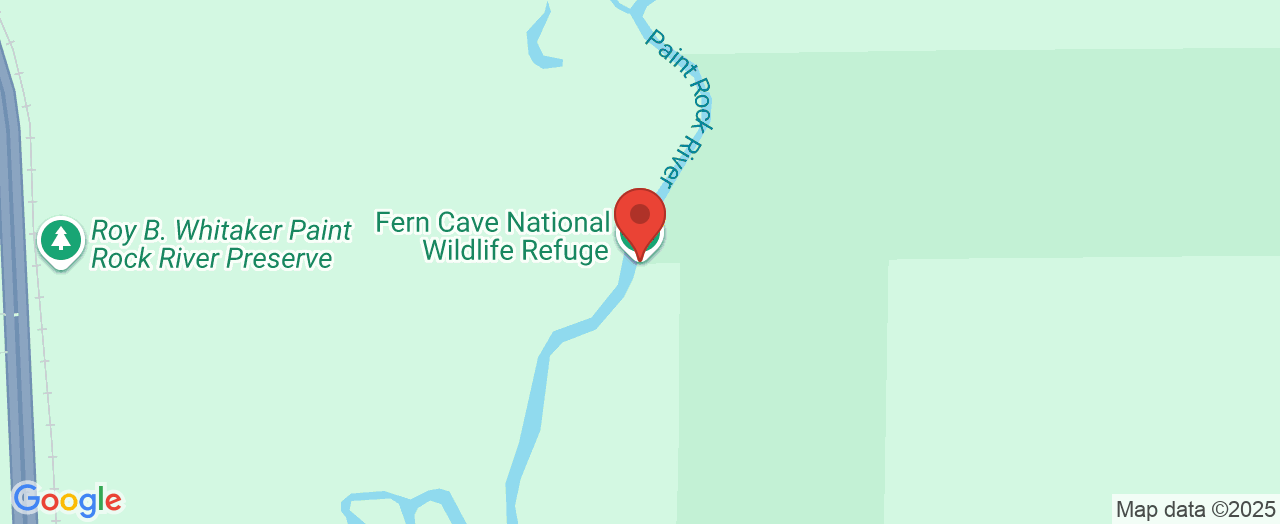
 Add Row
Add Row  Add
Add 





Write A Comment